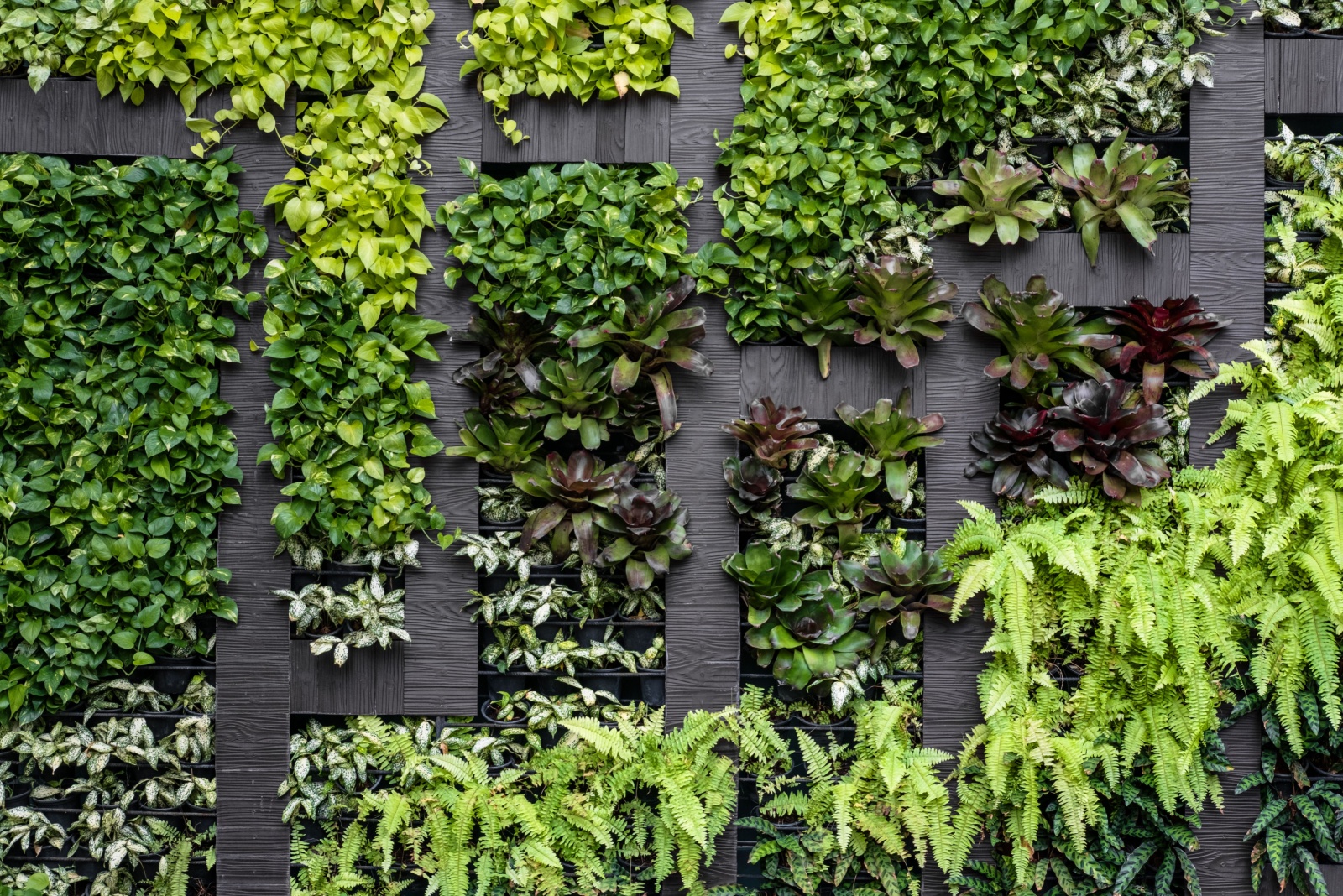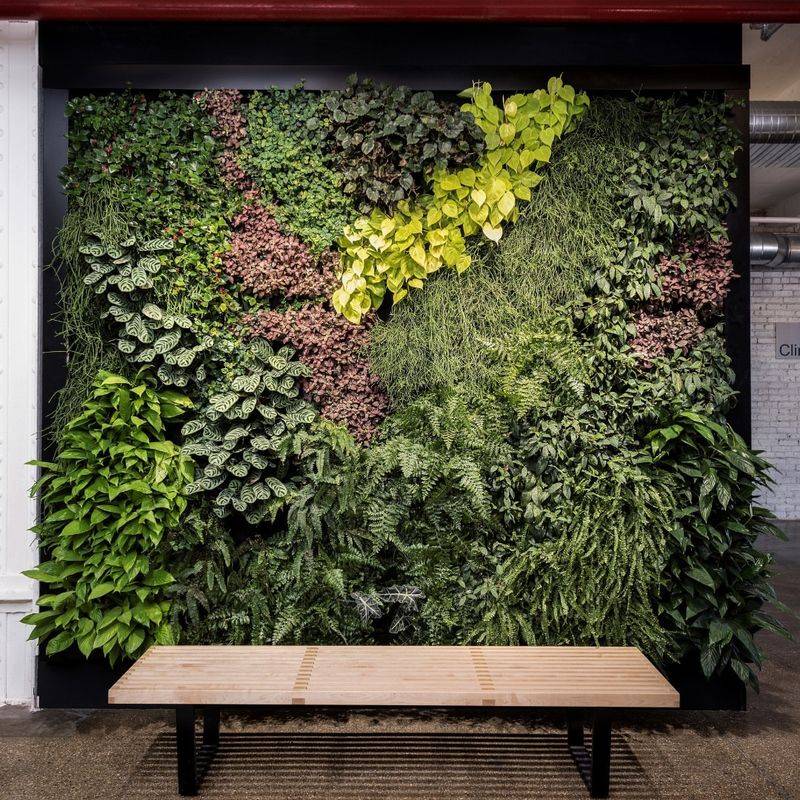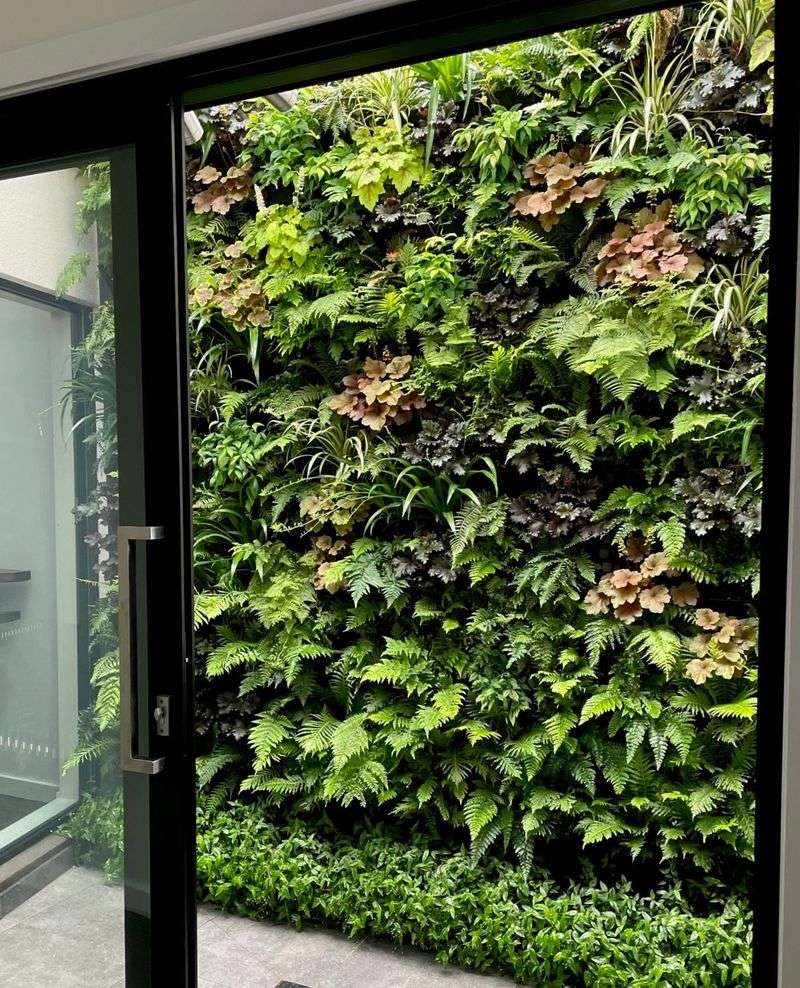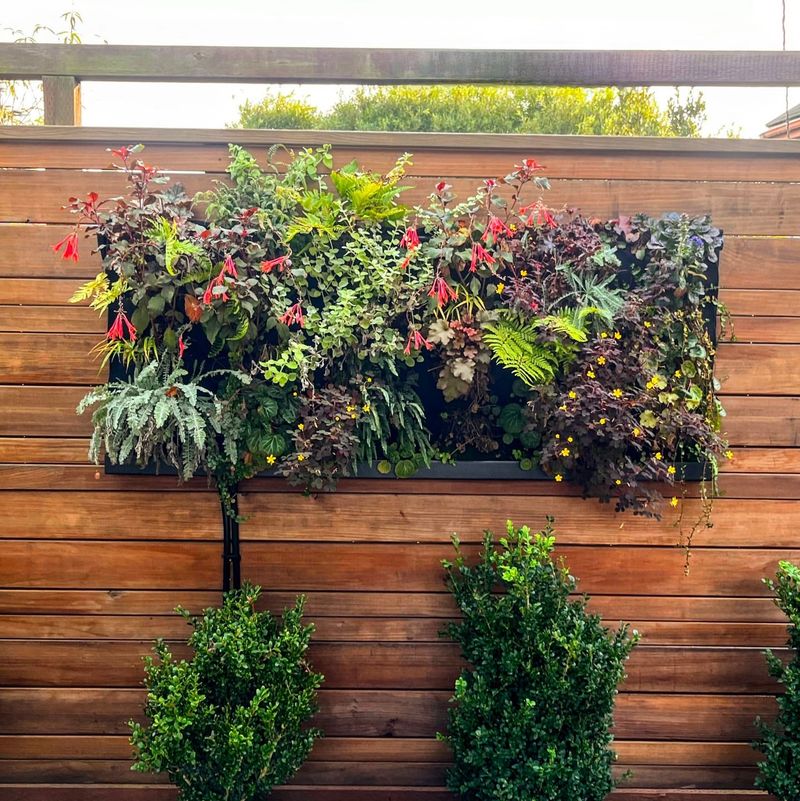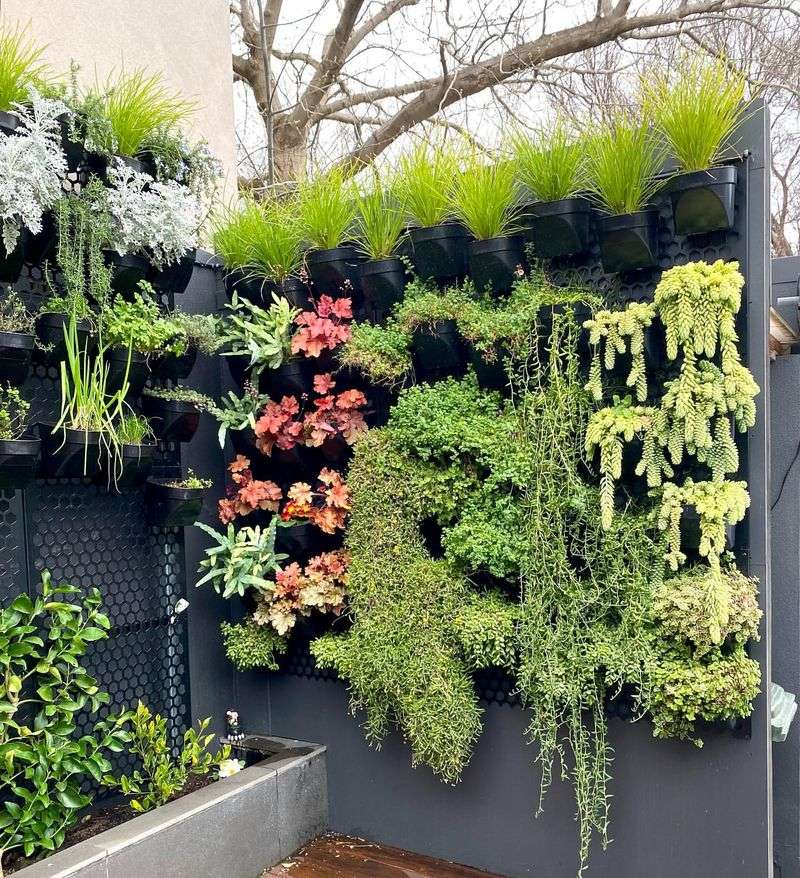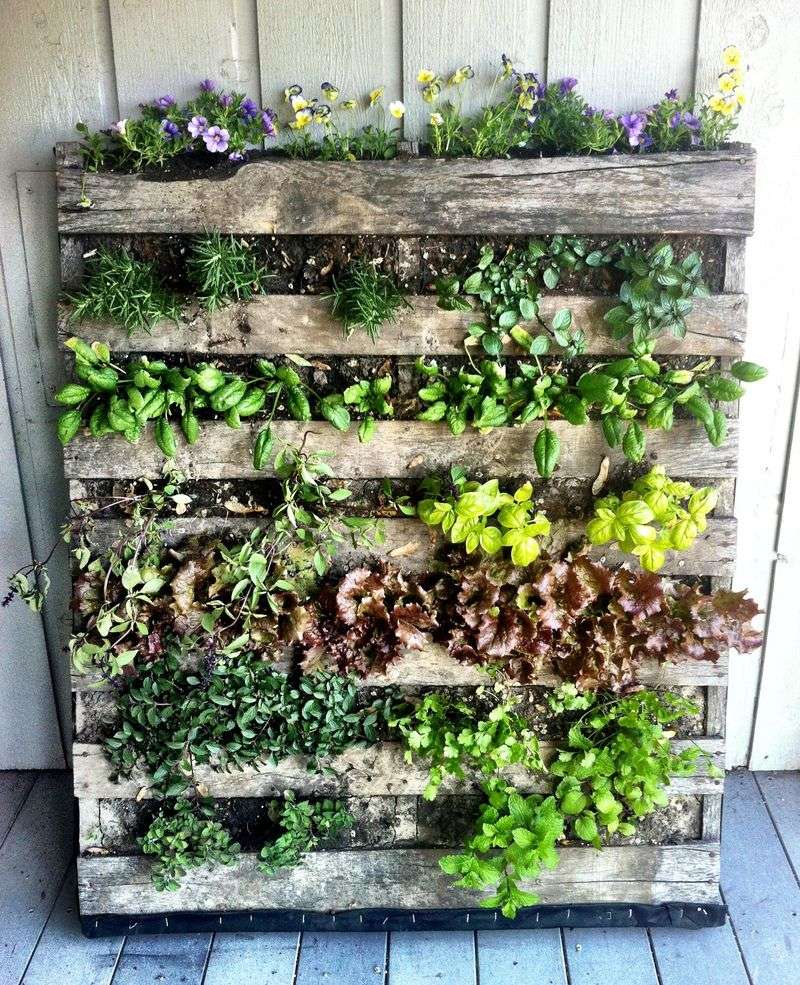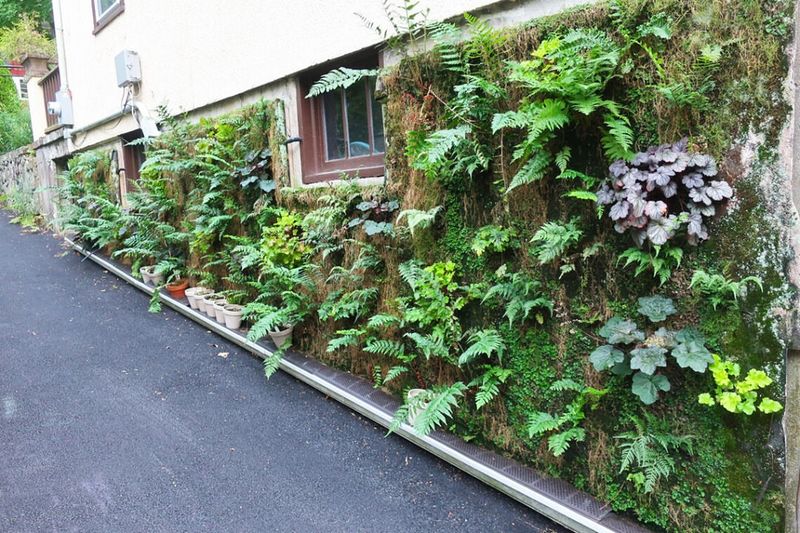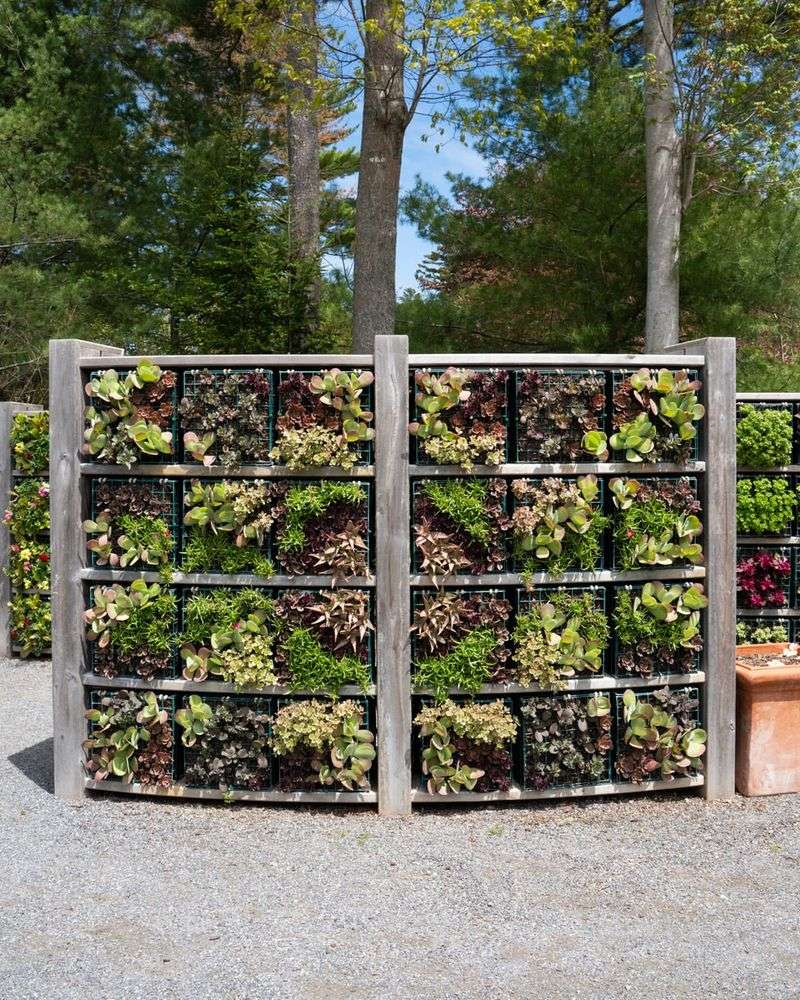Vertical green walls are transforming Portland homes into living ecosystems that provide both insulation and food. These plant-covered structures help reduce energy bills while giving families fresh herbs and vegetables right at their fingertips.
Creating your own green wall might seem tricky, but with the right approach, you can build one that thrives in Portland’s unique climate.
1. Choose Climate-Appropriate Plants
Portland’s mild but rainy climate calls for plants that can handle moisture while still providing insulation benefits. Ferns, sedums, and native berries thrive here and create excellent coverage.
Herbs like oregano, thyme, and mint grow well vertically and provide edible benefits. For year-round coverage, mix evergreen varieties with seasonal producers to maintain insulation properties even in winter months.
2. Build A Proper Support Structure
Your wall needs to hold significant weight when plants are fully grown and saturated with water. Attach frameworks directly to studs, not just drywall, using galvanized hardware that won’t rust in Portland’s damp conditions.
Consider using recycled materials like pallets or metal grids that can support at least 40 pounds per square foot. Leave a small air gap between the structure and your actual wall to prevent moisture damage to your home.
3. Install Smart Irrigation Systems
Gravity pulls water downward, so plants at the top often dry out while bottom ones get waterlogged. Drip irrigation with individual emitters solves this problem by delivering precise amounts of water to each plant.
Connect your system to a timer that adjusts based on Portland’s seasonal rainfall patterns. Many Portland homeowners collect rainwater in barrels to feed their green walls, reducing water bills while making use of our abundant precipitation.
4. Layer For Maximum Insulation Benefits
Green walls provide natural insulation, but strategic layering multiplies this effect. Start with a waterproof membrane against your house, followed by an air gap, then growing medium and plants.
Dense-growing plants like wooly thyme create air pockets that trap heat in winter and cool air in summer. According to Portland energy studies, well-designed green walls can reduce heating costs by up to 23% during our chilly, wet winters.
5. Incorporate Seasonal Crop Rotation
Portland’s growing season offers opportunities for year-round harvests if you plan properly. Replace summer crops like cherry tomatoes and strawberries with cold-tolerant kale and spinach when fall arrives.
Map your wall into zones based on sun exposure and water flow. South-facing sections can support heat-loving crops, while shadier spots work well for leafy greens. Keep a planting calendar specific to Portland’s microclimate to maximize food production throughout the year.
6. Create Wildlife-Friendly Spaces
Green walls can become mini-ecosystems supporting Portland’s urban wildlife. Incorporate flowering native plants like Oregon grape and salal that attract pollinators essential for food production.
Leave small gaps in your planting scheme where beneficial insects can hide. Many Portland gardeners intentionally include plants that attract ladybugs and lacewings, which naturally control aphids and other pests that might damage your edible plants.
7. Maintain With Portland’s Weather In Mind
Our rainy winters and increasingly hot summers require specific maintenance approaches. Inspect your wall’s drainage system monthly to prevent water buildup that could damage your home’s structure.
Prune aggressively in early spring to prevent overgrowth that could tear away from the wall during wind storms. Apply organic fertilizers sparingly – Portland’s rain can wash chemicals into our watershed. Instead, use compost tea which provides nutrients while improving the wall’s water retention properties.

